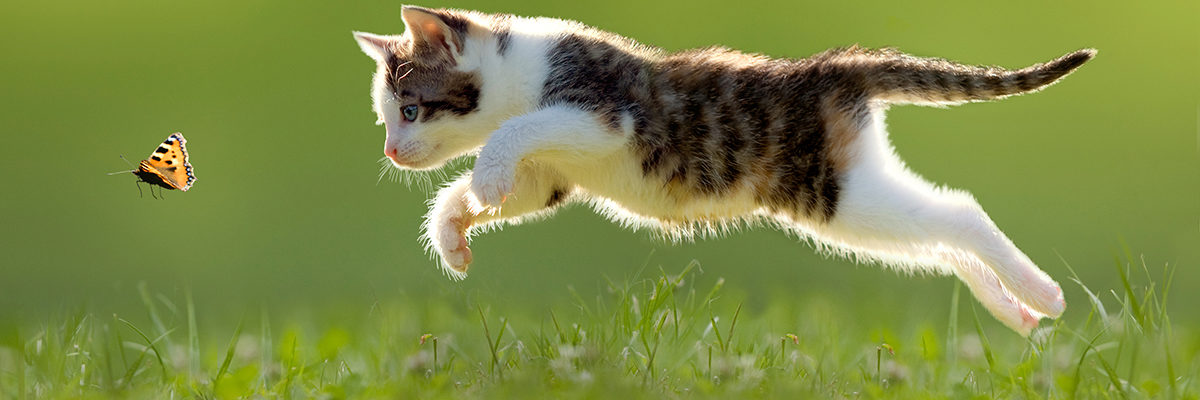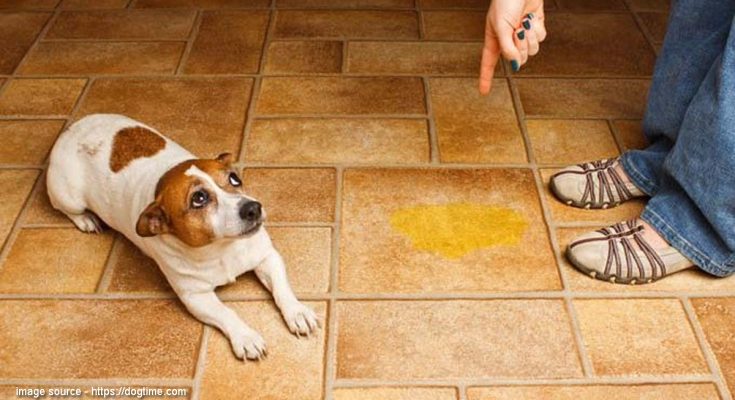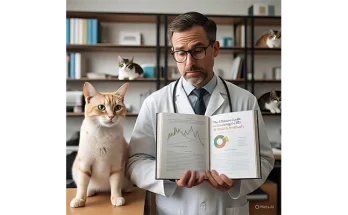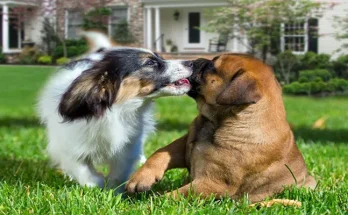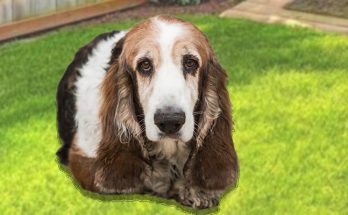Before you enroll your furbaby in a puppy training course in Spanish Fork, Utah, to get a professional trainer to teach him vital skills, there’s one training you can easily facilitate yourself. We’re talking about potty training!
Alright, so maybe it’s not that easy in a way that you’d still need to equip yourself with proper knowledge before you can successfully house-train your pup. House training also requires tons of patience. It’s also crucial that you maintain consistency and practice positive reinforcement. Besides teaching your puppy where to do the deed, house training also gives you a chance to strengthen your bond with your pet.
Fortunately, there are tips and tricks to make this mission easier. Read on to get basic info and tips to potty-train your puppy faster and easier.
Potty-Training: Proper Timing is Key
Dog training experts and veterinarians recommend that owners begin house training when the puppy is between 12 and 16 weeks old. At this age, the pup already has sufficient control of his bowel and bladder movements, making it easier to learn to hold it until he gets outside or to the potty spot you choose.
Typically, it could take up to six months before a puppy gets fully house-trained. In some cases, it can take a whole year. The breed’s size has something to do with this. Smaller breeds have higher metabolisms but smaller bladders. As a result, they’ll need to “go” more frequently. If you keep on missing some of those trips, it will take longer to establish a routine.
You should also take note that if the puppy is already over 12 weeks old when you brought him home and he’s been eliminating in a kennel, potty training can also take longer. Aside from teaching him where to do potty, you also need to help him break old habits.
Top Potty Training Tips for Faster House Training
Ready to get started? Here are some tips to make potty training easier and more enjoyable for you and your pup.
1. Establish a routine.
Like children, puppies learn better when you keep them on a regular schedule. To do this, you need to be part of the routine as well. Mealtimes should be the same every day. This way, you’ll have an idea of how long it takes before your pup needs to go potty after eating. You can set meal times to make sure that you or someone else at home can feed your puppy at those exact times. Of course, there will be instances where you might miss a schedule, but try to avoid that as much as possible during the training period.
As part of establishing a routine, you should also take your puppy outside at regular intervals. For instance, every two hours. You should also choose a specific word to use as a signal that it’s time to go for a walk and to go potty.
2. Utilize a reward system
Once your pup begins to eliminate outside or on the potty spot you choose for him, give him a treat. After all, he deserves a reward for being a good boy!
3. Keep the water dish before bedtime.
To keep your pup from peeing at night, keep him from drinking at least two hours before you go to bed. This is especially important if you’re keeping him indoors in the evening.
4. Supervise your pup, and when you can’t, confine him in a safe space.
As much as possible, keep an eye on your puppy during the training stage. This allows you to observe him, noticing signals of when he needs to go potty. If you can’t supervise him, let him stay in a confined space, such as a portion of the laundry room or bathroom.
Don’t Forget: Mistakes Happen, But It’s Part of the Process
If you feel like it’s taking too long before your pup is thoroughly trained, calm down. As with human babies, accidents happen, and it’s a crucial part of the process. You both learn from these mistakes. Do not punish your pup for these mistakes. Just continue your training as usual and enjoy the journey!

